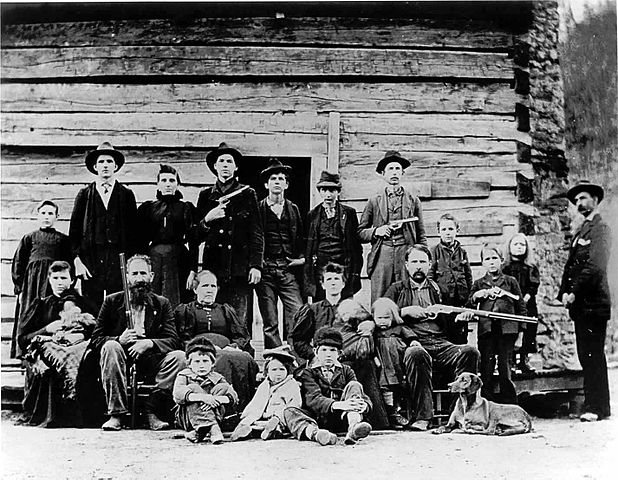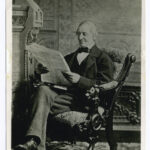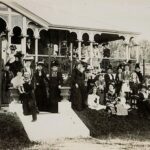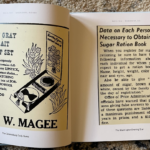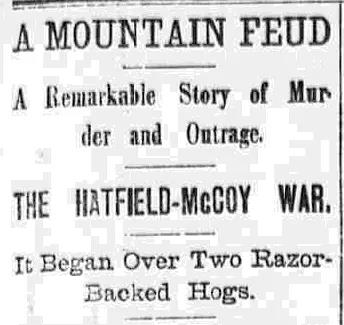
When exploring family history, understanding the historical context in which your ancestors lived can provide valuable insights into their lives, experiences, and decisions.
If your ancestors lived in the United States during the mid to late 1880s, it is highly likely that they were familiar with the infamous Hatfield and McCoy feud, one of the most renowned family conflicts in the nation’s history.
In the rugged hills of Appalachia during the late 19th century, a feud between two families erupted, captivating the nation with its violence and vendetta. The Hatfield and McCoy feud, a bitter conflict spanning decades, showcased the darkest aspects of human nature and left a lasting mark on American folklore.
The Roots of the Feud
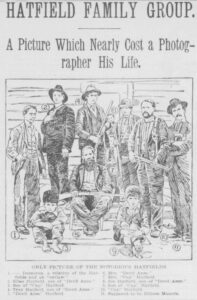
The roots of the Hatfield and McCoy feud can be traced back to the Civil War era, where allegiances to either the Union or Confederacy divided communities and families. The Hatfields, led by William Anderson “Devil Anse” Hatfield, were Confederate sympathizers residing in West Virginia’s Tug Valley. The McCoys, headed by Randolph “Randall” McCoy, were Union loyalists living on the Kentucky side of the Tug River.
The initial sparks that ignited the feud were small-scale disagreements, intensified by differing political views, economic rivalry, and personal disputes. However, tensions reached a boiling point in 1878 when a series of violent incidents unfolded. It began with the killing of Randolph McCoy’s brother, Asa, by members of the Hatfield family. This tragic event triggered a cycle of revenge and retaliation that would span several years, claiming the lives of numerous family members on both sides.
Fueling the Feud
The feud escalated into a brutal and lawless conflict, characterized by ambushes, property destruction, and targeted assassinations. The remote and isolated nature of the region allowed the Hatfields and McCoys to continue their vendetta without swift intervention from the authorities. The media sensationalized the feud, turning it into a national spectacle that fascinated the American public.
End of a Violent Era
The feud eventually drew to a close with the intervention of outside forces. In 1888, West Virginia Governor E.W. Wilson issued arrest warrants for several Hatfields, including Devil Anse, for their involvement in the murder of McCoy family members. Trials followed, resulting in the imprisonment of some Hatfields and a general decline in hostilities.

Over time, the Hatfield and McCoy families began to reconcile and put the bitterness of the past behind them. The once-feuding families even participated in public events together, symbolizing a newfound peace and the desire to move forward.
Using Newspapers for Historical Context
Newspapers are valuable resources for building historical context in your family history research. Here are a few tips on using newspapers to gather information and gain insights into the historical context of your ancestors’ lives:
1. Identify Relevant Newspapers: Determine the newspapers that were published in the areas where your ancestors lived during the time period you are researching. Local newspapers can provide specific details about community events, social happenings, and individual stories.
2. Explore General News: Beyond specific family mentions, browse through the general news sections of the newspapers. Pay attention to headlines, editorials, and articles related to politics, social issues, cultural events, disasters, and technological advancements.
3. Engage with Local Columns and Letters: Newspapers often featured local columns or letters to the editor where individuals shared their opinions, experiences, and community concerns. Reading these can provide a glimpse into the daily lives, perspectives, and challenges faced by people in the community.
Start discovering the lives, experiences, and circumstances of your ancestors by researching historical newspapers in the collection at NewspaperArchive.com.
